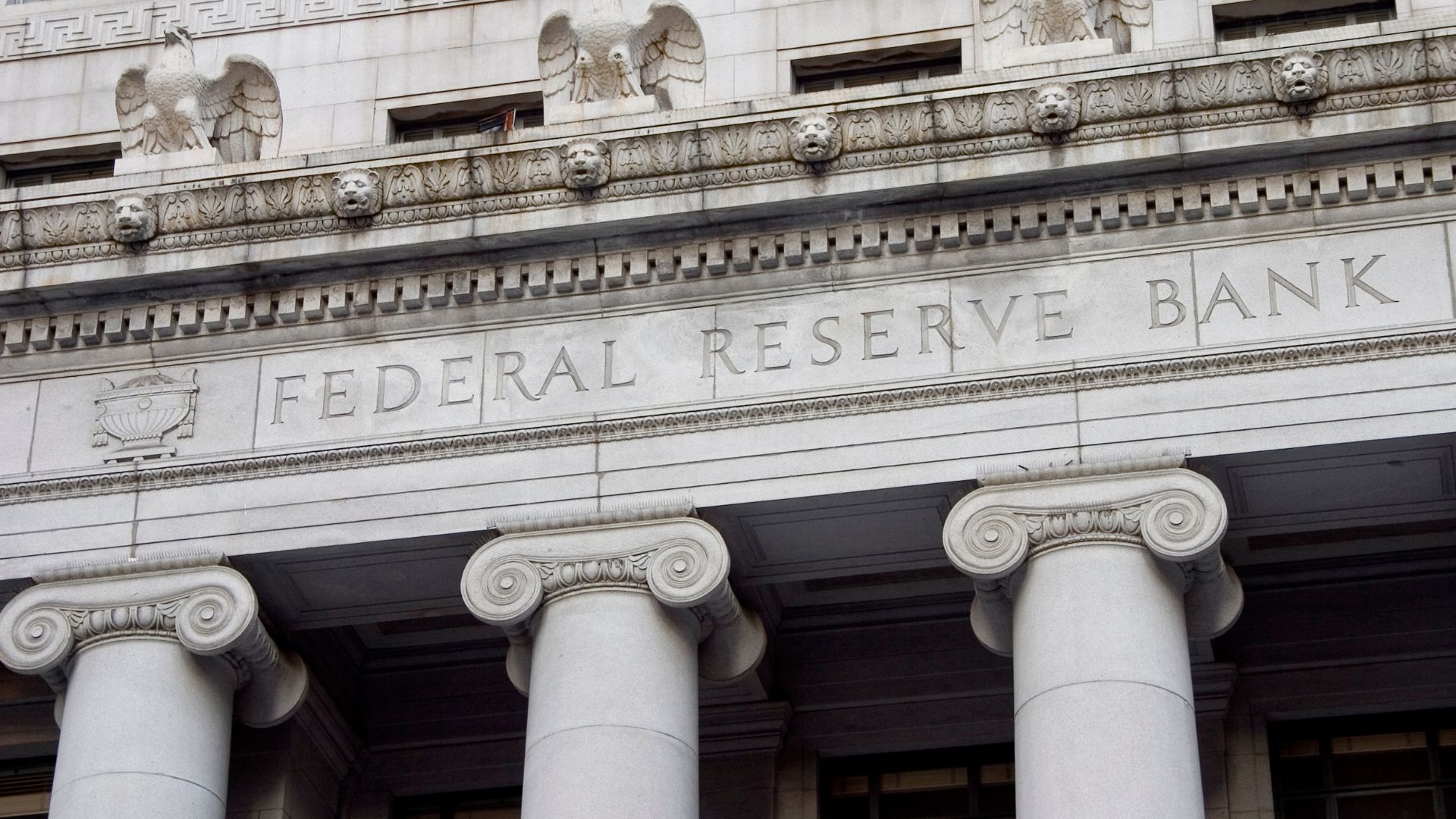REMAX's August 2025 National Housing Report offered a range of insights that likely left both buyers and sellers uncertain about their housing decisions. One big takeaway from this month's report is that home sales slowed down slightly when compared to the same time in 2024. If you're looking to buy or sell a home, it's essential to stay on top of the latest market trends. In this blog, we'll break down the key points you need to know to make the best decisions for you and your family.
Home Sales Dipped in August
Home sales in the U.S. declined in August 2025. They fell 1.6% from the previous year and were down 5.5% from July 2025. This looks to be a part of a broader trend of shifting economic conditions, plus a seasonal market at play. This slowdown coincided with the end of a 17-month streak of year-over-year growth in new listings, which dropped 5.9% compared to August 2024 and decreased 9.2% from July 2025.
Inventory was still 24.4% higher than it was a year ago, although it slipped slightly (0.4%) from July. While fewer homes were sold, there was still more inventory available compared to the same time last year.
Home Prices: Up Year-Over-Year, But Down Slightly in August
Even with fewer home sales, the median sales price rose by 1.9% year-over-year to $448,000, marking 26 consecutive months of price increases. Homes are simply not losing value right now. In fact, it's been more than a year since home prices dipped on a year-over-year basis.
However, when comparing prices month-over-month, the average home price dropped by 0.6%, signaling that prices could potentially soften as we head into fall. So, if you're a buyer, there may be an opportunity to catch a slight dip in prices.
Homes Are Staying on the Market Longer
In August, homes sat on the market for an average of 47 days. That's 8 days longer than last year and 3 days more than July. From the report data, it looks like homes did not move as quickly as they did in the spring and early summer. For homebuyers, this could potentially mean a little more time to negotiate. Plus, it may give you a little more time to decide on a home without feeling rushed.
Buyer Opportunities
Though home prices were on the rise, there were still a few affordable places to buy homes in the U.S. If you're in the market for a new home and can relocate, or are already located within distance of these regions, these areas may be for you.
Pittsburgh: An Affordable Metro for Homebuyers
While the national average price of a home was $448,000, the average home in Pittsburgh was $270,000. A significantly lower median sales price that could be affordable for some homebuyers. There's a strong cultural scene, sporting events, and plenty of outdoor activities for the whole family in Pittsburgh. It could be an attractive option not just for price but for those looking for good long-term potential.
Other Affordable Markets Worth Considering
- Raleigh, NC (+10.8% YoY in sales)
- Indianapolis, IN (+9.0% YoY in sales)
- Des Moines, IA (+8.8% YoY in sales)
These cities grew in both sales and listings in August 2025. This means there could be some affordable opportunities for buyers looking to make their move.
Understanding the Local Price Trends
While cities home prices increased, others experienced a dip.
Notable markets where price growth increased significantly include:
- Manchester, NH (+9.2% YoY)
- Coeur d'Alene, ID (+9.0% YoY)
- Trenton, NJ (+8.5% YoY)
On the flip side, markets where prices dropped significantly included:
- Bozeman, MT (-4.9% YoY)
- San Antonio, TX (-4.7% YoY)
- Tulsa, OK (-4.3% YoY)
Depending on where you're looking to buy, there could be opportunities to either capitalize on rising values or snag a deal in a market where prices are falling.
Inventory Levels
Inventory levels still remained healthy in August 2025, despite a slowdown in new listings. In August 2025, the month's supply of inventory was 2.8 months. This was higher than the 2.3 months recorded in August of 2024. This was a bit more inventory to choose from, though competition remained steady.
If you're thinking of buying a home soon, stay on top of inventory. The supply in your target market can determine what kind of deals you can make. A more balanced inventory could give you the upper hand in negotiations.
Are Buyers Paying Close to List Prices?
In August, buyers paid, on average, 99% of the asking price. This suggests that while homes weren't always selling above asking, buyers may have had some difficulty negotiating significant discounts too.
Some markets, like Hartford, CT (104%) and San Francisco, CA (101.7%), saw homes sold for above asking. Others, such as Miami, FL (93.7%) and San Antonio, TX (95.7%), experienced lower-than-asking prices.
How to Navigate Today's Housing Market
Affordability may remain a challenge for some, but there are options. For buyers, it could be best to focus on markets where inventory is stable, and prices are not as high as the national average. Sellers, in certain areas, have an opportunity to take advantage of continued price growth.
For both groups, working with an experienced real estate agent is the way to go. REMAX agents understand local trends and can help you make more informed decisions.
Key Takeaways:
- Sales Decreased by 1.6% YoY and 5.5% from July, signaling a cooling market.
- Inventory Levels are still higher than last year, though they eased slightly from July.
- Home Prices are up 1.9% YoY but dropped slightly in August compared to July.
- Longer Market Times: Homes are staying on the market an average of 47 days.
Cities like Pittsburgh can offer more affordable options with homes at significantly lower prices than the national average. Local Markets vary, with some areas seeing price increases while others experience price drops.
Whether you're looking to buy your first home, upgrade, or invest in property, understanding these trends can help you make the best decision. As always, staying informed and working with experienced professionals is key to navigating today's housing market successfully.






